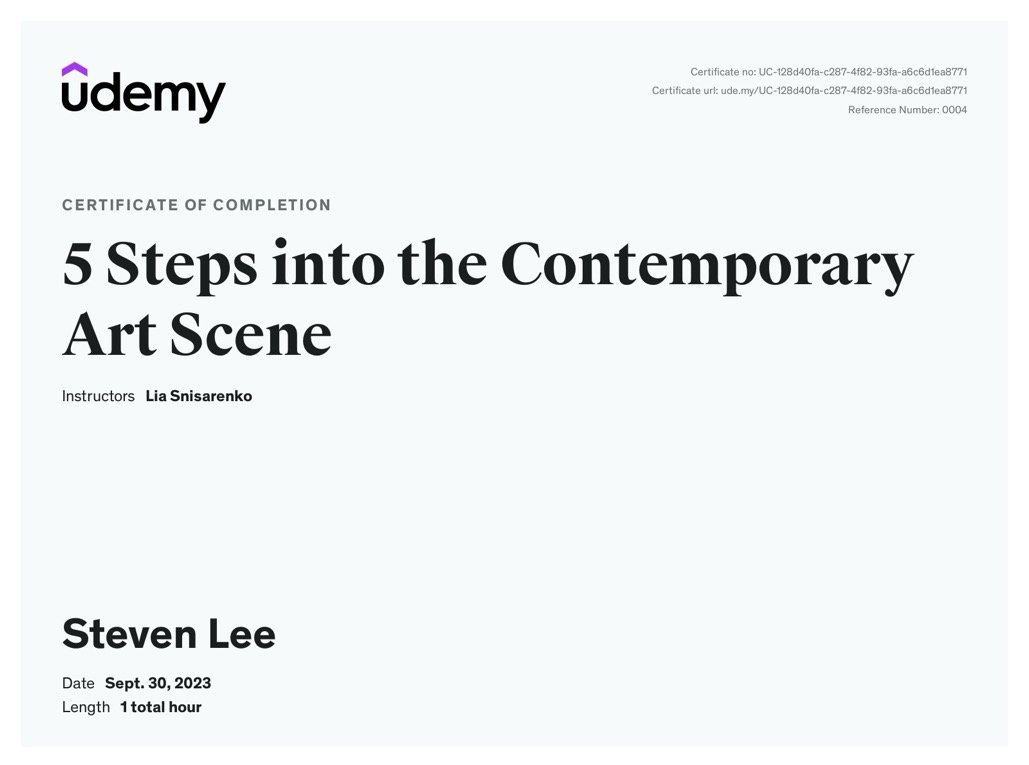Photo > Steven H. Lee. “Steven with Anselm Kiefer at the Seattle Art Museum.” 24 Jan 2020.
STEP 5: WHY DO PEOPLE COLLECT ART?
Sinsarenko notes that the act of collecting art is a passion shared by many people around the world. From museums to private collections, art can bring beauty and joy to any space.
EMOTIONAL CONNECTION FACTORS
Emotions are a key motivational factor behind why individuals collect art. People are often looking to be connected to the feelings they have when they see their chosen pieces, whether they are moved in admiration or contemplation. Joy comes from owning and displaying art can be uncompromising, often described as a feeling of serenity and comfort deeply rooted in appreciation.
LEARNING FACTORS
Sinsarenko noted that collecting art can be a great way to expand one’s understanding of the world. Each work has stories that represent different ideas, cultures, societies, world histories, and eras.
SOCIAL FACTORS
Sinsarenko also described how social motivations can also be a significant component of art collecting. Collecting art can be about connecting with people who share similar interests. Being a part of an art community can be uplifting and satisfying, and by attending gallery shows and events allow people to share in conversations and access expert advice that can provide deep personal connections with artists, their work, as well as with other collectors.
STATUS AND TASTE FACTORS
Sinsarenko also described how art collecting is a way of expressing one’s status and taste, that is different from say designer clothing or luxury cars. A unique collection can reflect on who a person is.
WEALTH ACCUMULATION FACTORS
Sinsarenko noted how choosing art as an investment can be a great way to accumulate and diversify wealth. It’s important to consider if a work will increase with value over time.
YOUR STORY FACTORS
Art collecting allows people to express who they are. Sinsarenko noted that by bringing together different works of art, investor collectors can create a visual story that reflects who they are, as well as their values.
Video > Contemporary Art Issue. “How to Collect Art 101: The Art of Collecting Art.” YouTube, 20 Nov 2022.
— END OF STEP 05 —
Photo > Udemy. “Certificate of Completion - 5 Steps into the Contemporary Art Scene.” 30 Sep 2023.



